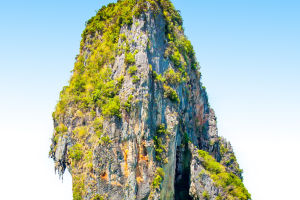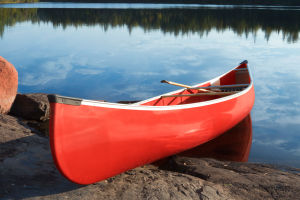Egrets are medium-sized wading birds with a body length of approximately 50-70 cm. These birds have pure white plumage, pink and yellow eyelids and irises, black-green tibiae and tarsus, and yellow-green and black toes and feet.
During the breeding season, egrets grow two narrow, soft, spear-like ornamental feathers on the occiput of their summer plumage.
There are 13 species in the genus Egret, of which four species - Great Egret, Medium Egret, Egret (Little Egret), and Snowy Egret - have all-white body plumage and are commonly called "Egrets."
These four species are medium-sized white herons that differ from the Cattle-backed Heron in that they are large and slender, with black beaks and legs, yellow toes, pure white breeding plumage, long, thin ornamental feathers on the back of the neck, and strawberry plumage on the back and chest.
The Great Egret is large and has no crest or pectoral feathers, while the Medium Egret is medium-sized and has no crest but pectoral feathers.
Like other herons, egrets feed mainly on small fish, but they also eat animal foods such as shrimp, crabs, tadpoles, and aquatic insects. Egret's habits are generally similar to those of other herons, and their courtship displays include showing off their plumage.
Egrets prefer to inhabit coastal islands, coasts, bays, estuaries, rivers, lakes, ponds, streams, rice paddies, and marshes near their coasts. In the 1970s, environmental pollution in the wetlands of Heron Island was severe, causing the number of egrets inhabiting the area to drop dramatically.
However, after the 1980s, with the implementation of pollution control measures and the construction of city parks, the wetland environment was restored and the egret population slowly returned to Heron Island.
Egrets are beautiful and hardworking birds that play a vital role in the ecosystems they inhabit. Their habitat preferences and feeding habits make them vulnerable to environmental pollution, which can have a significant impact on their populations.
Therefore, it is crucial to continue implementing pollution control measures and habitat conservation efforts to ensure the survival of these magnificent birds.


